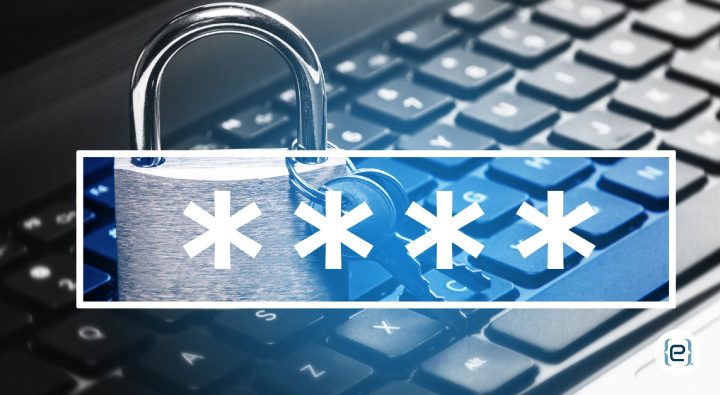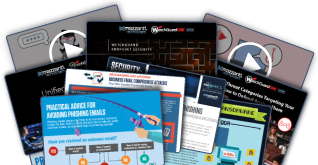User data and privacy are increasingly exploitable by sophisticated security threats in the digital landscape. Whether you’re an individual protecting personal information or a business safeguarding client data, taking proactive steps to enhance user security can prevent breaches, reduce identity theft, and combat malware attacks. In today’s connected society, this blog will provide crucial tips for improving user security and trust on both individual and organizational levels.
1. Strong Passwords and Multi-Factor Authentication (MFA)
- Strong Password Practices: For many online accounts, passwords are the first line of defense. A weak password can easily be guessed or cracked, so you should have strong and unique passwords for each account. A good password should:
- Must be a Minimum of 12 Characters
- Use uppercase and lowercase letters, numbers, and symbols.
- Don’t use frequent terms like birthday or names
- Multi-Factor Authentication (MFA): Phishing and credential theft can compromise accounts, even with strong passwords. To be more secure, use Multi-Factor Authentication (MFA). It provides an additional level of security with a second factor, such as:
- A password, i.e., something you know
- A verification code sent to your smartphone
- Some form of biometric scan such as a fingerprint or facial recognition
2. Educate Your Users About Cybersecurity
- Phishing & Social Engineering Awareness: One of the most popular ways hackers access personal or business accounts is through phishing attacks. Train users to spot potentially suspect emails, messages, and phone calls asking for sensitive information or containing nefarious links.
- Never follow links from untrusted sources. Check the sender before providing personal information. Hover-over URL previews can help.
- Do Not Overshare on Social Media. Hackers can use shared information to guess passwords or security questions.
3. Update Software and Systems
Hackers find it easiest to break into devices and networks by exploiting vulnerabilities in outdated software. These vulnerabilities are fixed in frequent updates and patches, making it harder for intruders to breach.
- Turn on Automatic Updates for your OS & software
- Regularly check for security patches for your software
- Use current antivirus software to block malware
- Apply appropriate patch management plans to keep systems up-to-date and secure

4. Protect Privacy with Encryption of Data
Encryption can prevent data from being deciphered if intercepted by a hacker. It requires an appropriate encryption key to access encrypted data, ensuring unauthorized users cannot exploit the information.
- Encrypt sensitive files, emails, and backups
- Employ end-to-end encryption for messaging services
5. Secure Devices and Networks
- Device Security: Protect devices using biometric authentication or strong passcodes. Enable features that let you remotely wipe data if the device is lost or stolen. Download apps only from reputable sources to avoid malicious software.
- Network Security: Security is essential for both home and corporate networks. Enable WPA3 encryption on Wi-Fi networks to prevent unauthorized access. Conduct important activities on secured networks and use a VPN for public Wi-Fi connections.
6. Backup Data Regularly
No security system is perfect, and they remain prone to attacks to some degree. Backups are a critical part of any robust security plan, ensuring important data can be restored after a ransomware attack, system failure, or accidental deletion.
- Store backups in multiple locations, such as external drives and cloud storage
- Implement a disaster recovery plan to quickly restore systems after an incident
7. Install Firewalls and Endpoint Security
A firewall acts as a security barrier between devices or networks, blocking malicious traffic. For businesses, utilize network and endpoint firewalls. Antivirus and anti-malware software are essential to scan for threats and remove them before any impact occurs. Ensure all connected devices, including those in the IoT system, are secured properly to deter exploitation.
By implementing these user security tips, you can significantly enhance your digital safety and protect your valuable data. Contact eMazzanti today to learn how we can help you safeguard your business and personal information against evolving cyber threats. For immediate assistance, call us at 201-360-4400.







